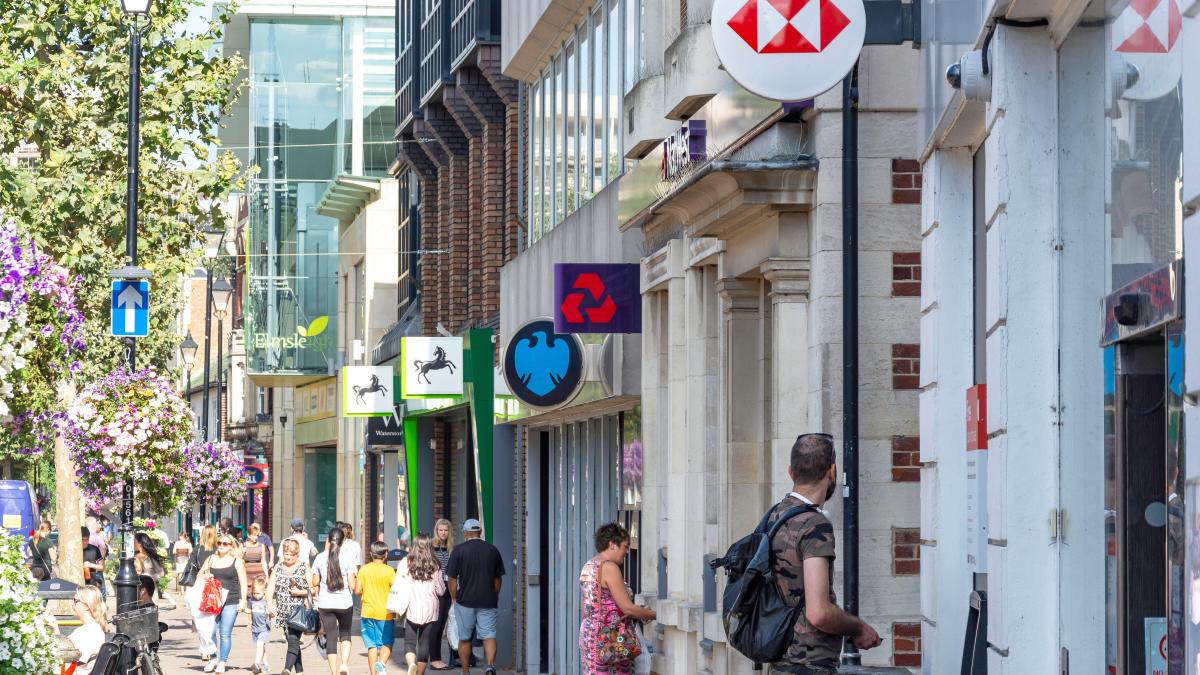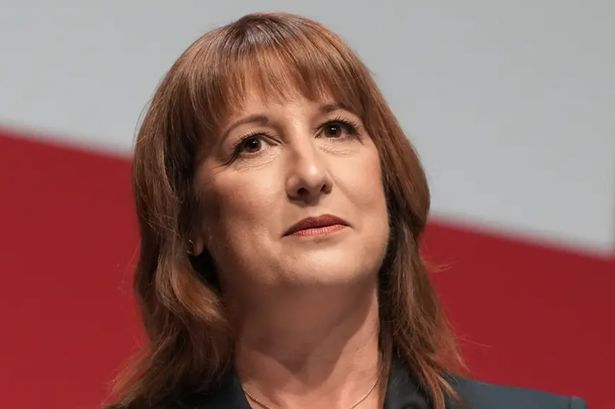Metro Bank, HSBC, Lloyds, and Barclays are reportedly among the UK banks providing some of the least favorable returns for savers, according to a recent analysis by the consumer group Which?. The group’s findings highlight a troubling trend, as these banks rank at the bottom of the league tables for interest rates, leaving many customers dissatisfied with their savings options.
The analysis, which examined data from a twelve-week period spanning June to August 2023, revealed that Metro Bank offered the least competitive rates in the category. Its instant savings account yielded a mere 0.9 percent, the lowest return available in the market. This figure starkly contrasts with the expectations of consumers seeking better returns on their savings.
HSBC’s Flexible Saver account, which initially provided a more attractive rate of 1.33 percent over the summer, has since been reduced to 1.15 percent. Similarly, Lloyds Bank, along with its affiliated brands Bank of Scotland and Halifax, cut their instant-access rates from 1.2 percent to 1.1 percent during the same timeframe. Barclays, too, has seen a decline in its offerings; its instant access savings account, which previously paid 1.16 percent, now offers just 1.06 percent.
Consumer Impact and Expectations
These rate cuts have raised concerns among consumers, many of whom rely on savings accounts for financial stability. The lack of competitive interest rates is particularly troubling given the current economic climate, where inflation remains a pressing issue. Savers are increasingly frustrated as they seek to maximize their returns in an environment where interest rates are critical to maintaining their purchasing power.
The findings from Which? come at a time when many banks are under scrutiny for their savings products. With the Bank of England signaling potential rate changes, customers may be left wondering when, or if, these banks will respond with more favorable offers.
As consumers continue to navigate their options, the call for transparency and better rates grows louder. Financial experts emphasize the importance of shopping around and considering various institutions, particularly those that may offer more attractive terms. In an era where digital banking has become the norm, savers have access to a wider array of options than ever before.
In conclusion, the analysis by Which? underscores a significant issue facing UK savers. As banks like Metro, HSBC, Lloyds, and Barclays struggle to provide competitive rates, customers may need to reassess their savings strategy to ensure they are getting the best possible return on their investments.







